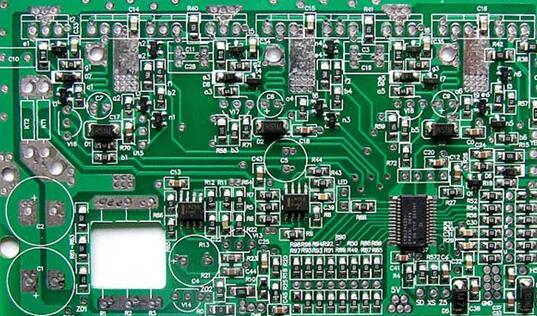Recycling of circuit boards
With the acceleration of the update of electronic products, the number of discarded printed circuit boards (PCBs), which are the main component of electronic waste, is also increasing. The environmental pollution caused by waste PCBs has also attracted the attention of various countries. On the waste circuit boards, there are nearly 20 kinds of non-ferrous metals and rare metals, which have high recycling value and economic value, and it is a real mine waiting to be mined.
The times are changing with each passing day, especially in the electronic product industry. Computer hardware motherboards, circuit boards, displays, mobile phone motherboards, cpus, etc. are all replaced very quickly. At the same time, electronic waste is also rapidly increasing, and used circuit boards are among them. One of the most important things is that after the circuit boards are buried in the soil, they will release toxic substances to contaminate the soil. Another treatment method is incineration. The large amounts of toxic smoke produced by the incineration of circuit boards will pollute the environment more seriously.
A ton of ore can extract a few grams to tens of grams of gold, and a ton of electronic waste can extract about 900 grams of gold, 1500-3000 grams of silver, 60 grams of palladium, 130 kilograms of copper, and some tin. Nickel, and other metals. With the upgrading of electronic products, the scrap volume of electronic products is increasing year by year, and waste electronic waste is everywhere. The main components of the waste circuit are composed of epoxy resin fiber and copper. The printed PCB circuit board contains a large amount of metal copper. The recycling of its resources has always been a hot spot for the recycling of waste electronic waste.

The circuit board recycling and reuse method is physically broken, and the environmental pollution is small. After physical and mechanical treatment, including crushing and sorting. The waste circuit boards are first broken by the coarse crusher and then enter the fine crusher for crushing, and then the ferromagnetic materials are separated by the magnetic separator, and then electrostatic separation is used to achieve the separation accuracy. The electrostatic separation is truly green and environmentally friendly, and will not cause any secondary Sub-pollution.
Electronic waste usually contains a large amount of toxic substances such as lead, chromium, mercury, etc., which causes great pollution and wide harm. Improper disposal will not only cause waste of resources, but also cause great environmental pollution, and even directly threaten human health. After professional recycling, through professional disposal such as "crushing-dismantling-sorting", renewable resources such as copper, aluminum, plastics, and rare and precious metals can be sorted out, which has great economic value. The GEP environmentally friendly electronic waste intelligent crushing system achieves automatic disassembly and separation of electronic waste through intelligent processes such as crushing, separation, sorting, and dust removal. It not only achieves effective crushing, but also greatly improves the efficiency of subsequent resource reuse operations. It has become the current market Shanghai's widely acclaimed e-waste shredding solution. The Internet era has broken the traditional marketing model, and a large number of resources have been gathered together to the greatest extent through the Internet, which has also accelerated the development speed of FPC flexible circuit boards, and then as the development speed accelerates, environmental problems will continue to appear in PCB factories. In front of him. However, with the development of the Internet, environmental protection and environmental informatization have also been developed by leaps and bounds. Environmental information data centers and green electronic procurement are gradually being applied to the actual production and operation fields.